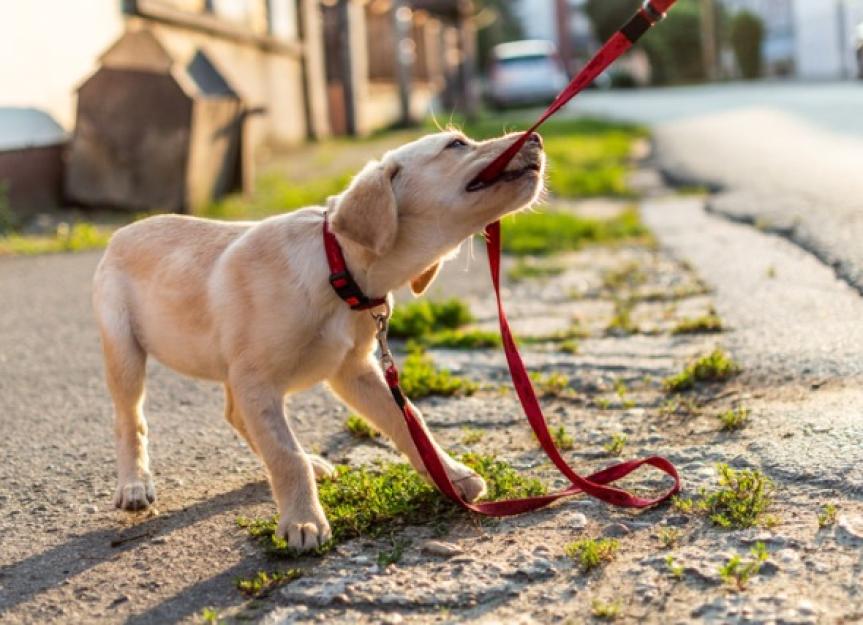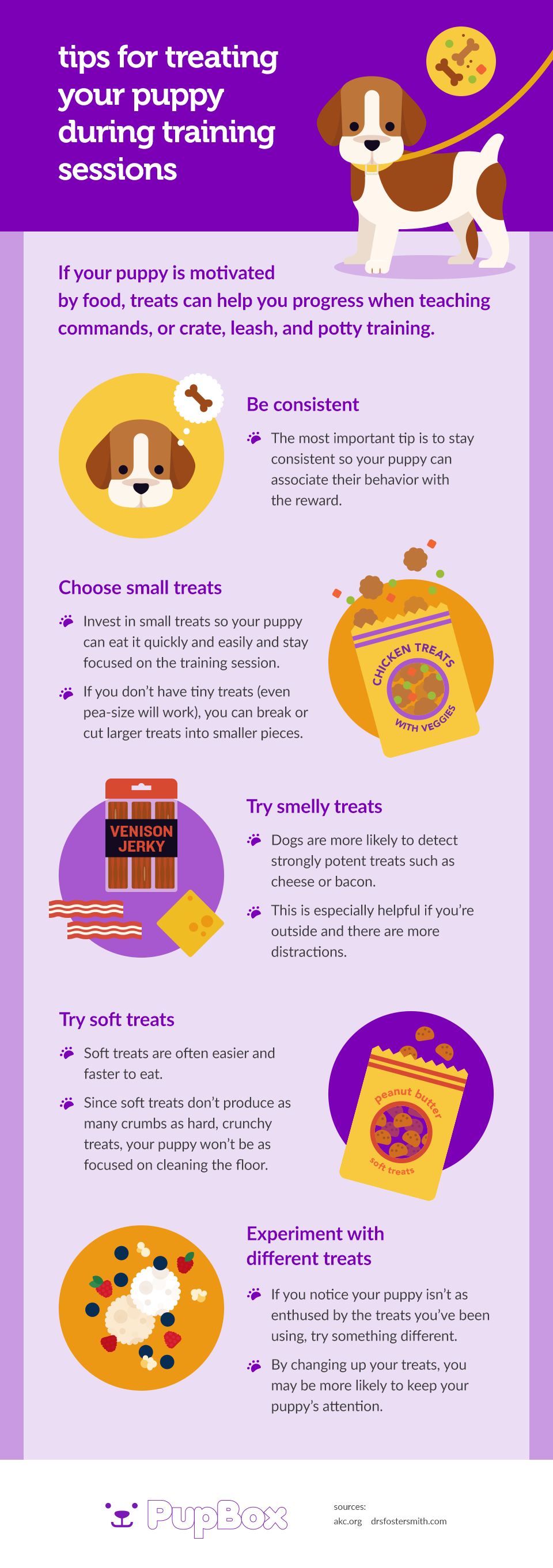How to Make Puppy Training Fun and Effective for Both You and Your Dog
Leading Young Puppy Training Techniques to Guarantee a Well-Behaved Family Pet
Efficient young puppy training is important for cultivating a well-behaved friend, and various techniques can significantly influence a dog's growth. Amongst these, favorable reinforcement stands apart as a foundational strategy, advertising depend on and encouraging desirable actions. Uniformity in commands and early socializing are similarly essential, preparing for a well-adjusted pet. In addition, the duties of dog crate training and leash decorum can not be ignored. As we check out these methods better, it comes to be clear that the success of young puppy training hinges on a combination of strategies that can change your animal's behavior in exceptional methods.
Favorable Support Techniques
Utilizing favorable reinforcement methods is important for effective young puppy training, as it motivates desired habits with incentives as opposed to punishment. This approach takes advantage of the natural learning procedures of dogs, enhancing etiquette by supplying immediate and substantial incentives, such as deals with, praise, or playtime. By associating positive end results with particular actions, puppies are most likely to duplicate those habits in the future.
Effective positive reinforcement includes timing and consistency. Benefits must be given immediately after the preferred behavior happens to create a clear connection in the young puppy's mind. In addition, varying the sorts of rewards can preserve a puppy's rate of interest and motivation throughout the training procedure. For example, some pups may respond much better to spoken praise while others may favor a favored plaything or treat.

Uniformity in Training Commands
Preserving uniformity in training commands is important for reinforcing the lessons discovered via positive support techniques. Canines flourish on regular and predictability, so making use of the very same spoken commands and hand signals for particular actions is important. This uniformity helps young puppies understand what is anticipated of them, reducing confusion and aggravation for both the instructor and the family pet.

Timing additionally plays a significant role in consistency. Commands ought to be delivered without delay during training sessions and complied with promptly by positive reinforcement, such as treats or praise. This prompt response helps solidify the association in between the command and the preferred habits.
Integrating consistency into training sessions will certainly produce a steady knowing atmosphere, promoting quicker proficiency of commands. Ultimately, a well-structured technique promotes a strong bond in between the young puppy and its proprietor, leading to a more mannerly and obedient pet.
Socializing With Various Other Pets
Socialization with other animals is essential for a puppy's growth, as it aids them find out appropriate actions and interaction abilities in diverse social contexts. Early communications with various pets can substantially affect a puppy's temperament and versatility in numerous scenarios. When pups are exposed to a selection of pet dogs, they become a lot more certain and less scared, which can protect against possible behavior issues later on in life.

Instruct your pup to acknowledge signals from other family pets, such as signs of playfulness or pain, fostering common respect and understanding. Regular socializing not only boosts your puppy's social abilities but additionally contributes to their total well-being, developing a more unified living environment.
Dog Crate Training Benefits
Acknowledging the numerous benefits of pet crate training can considerably enhance both the puppy's and owner's experience. Crate training offers a secure and safe setting for pups, ensuring they really feel protected when laid off. This sense of protection can considerably decrease stress and anxiety and stress and anxiety levels for both the owner and the family pet.
Furthermore, crates act as a beneficial house-training device. Puppies normally prevent soiling their sleeping area, therefore urging them to hold their bladder until they are let outside. This instinct can accelerate the house-training procedure, promoting good practices early on.
When unsupervised,Crate training likewise helps in handling a puppy's behavior - puppy training. By offering a designated space, owners can prevent damaging habits, such as chewing on furniture or getting involved in dangerous compounds. Cages can be advantageous during travel, providing a familiar space that can aid soothe a young puppy in new settings.
Last but not least, establishing a dog crate routine encourages freedom, enabling puppies to find out exactly how to be alone without worry. Overall, cage training is an effective look at these guys approach for promoting discipline, safety and security, and serenity, causing a well-adjusted, well-behaved animal.
Leash Training Basics
Leash training is a fundamental facet of accountable pet dog ownership that ensures a risk-free and satisfying walking experience for both the young puppy and its proprietor. Proper chain training starts early, ideally during the pup's socialization duration. This training helps establish excellent practices and advertises favorable behaviors when out in click here for more info public.
To start, select a comfortable collar or harness that fits your pup well. Connect a tough leash, ensuring it is not as well long, as this can cause drawing and erratic behavior. Beginning in a quiet environment to lessen distractions and slowly introduce your young puppy to brand-new environments.
Usage favorable support techniques, such as treats and praise, to motivate your young puppy to walk next to you. Quit strolling and wait for them to return to your side before continuing if your puppy draws. This teaches them that pulling will not yield forward motion. Uniformity is vital; practice consistently and remain patient, as proficiency requires time.
In addition, integrate short training sessions with fun interruptions to develop your pup's emphasis. With commitment and determination, leash training will lead to an accommodating friend, making walks delightful for both the young puppy and the owner.
Verdict
In verdict, using efficient puppy training methods is essential for establishing a mannerly family pet. In general, these techniques jointly promote a harmonious partnership between young puppies and their proprietors.
As we discover these methods additionally, it comes to be clear that the success of puppy training hinges on a mix of approaches that can transform your animal's actions in remarkable ways.
Utilizing positive reinforcement methods is essential for effective young puppy training, as it motivates wanted actions through benefits instead than penalty.Crate training likewise helps in taking care of a pup's behavior when unsupervised.Leash training is a fundamental facet of responsible animal ownership that makes sure a secure and delightful strolling experience for both the puppy and its owner.In conclusion, employing effective puppy training techniques is essential for additional reading establishing a well-behaved pet dog.